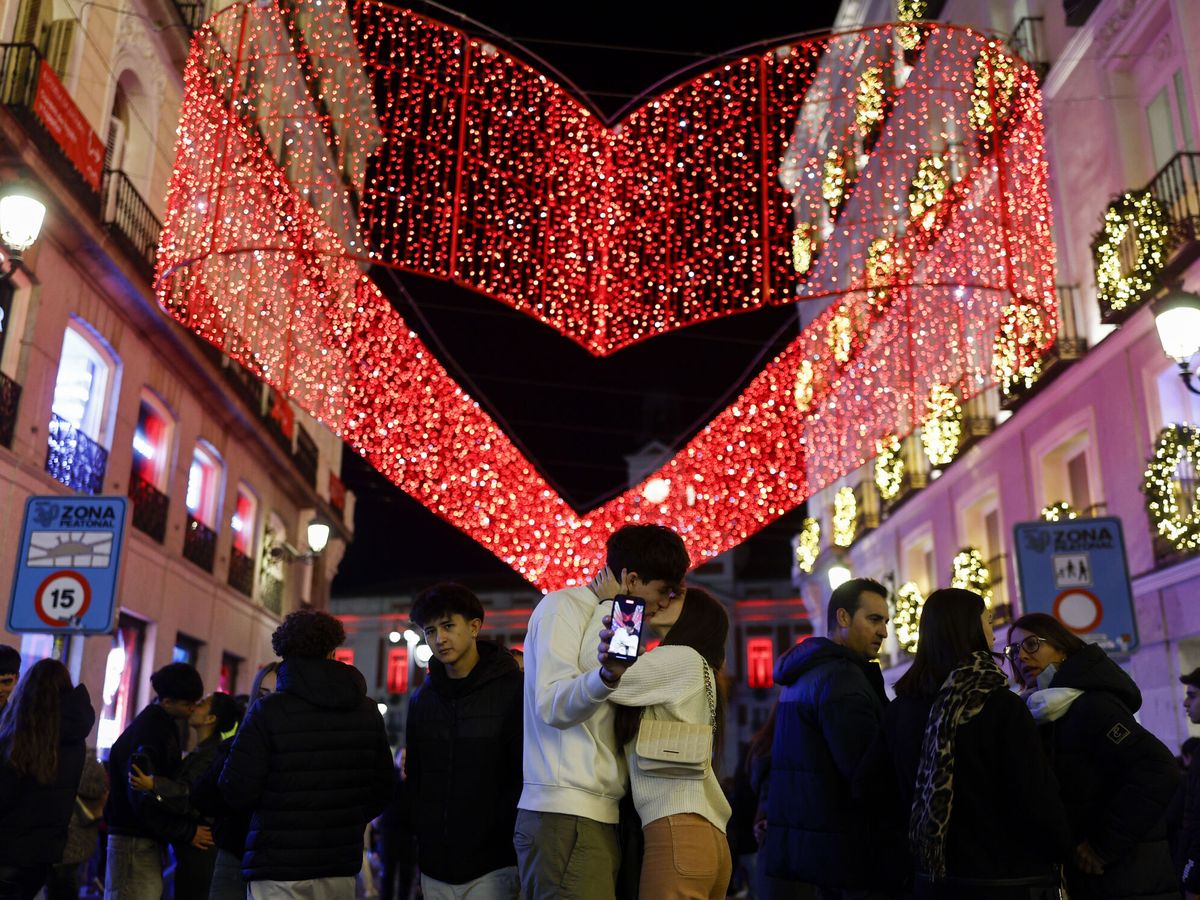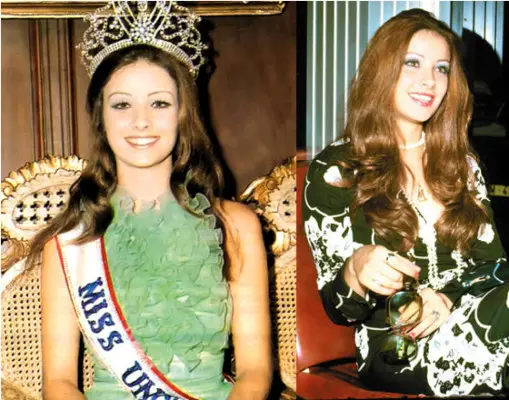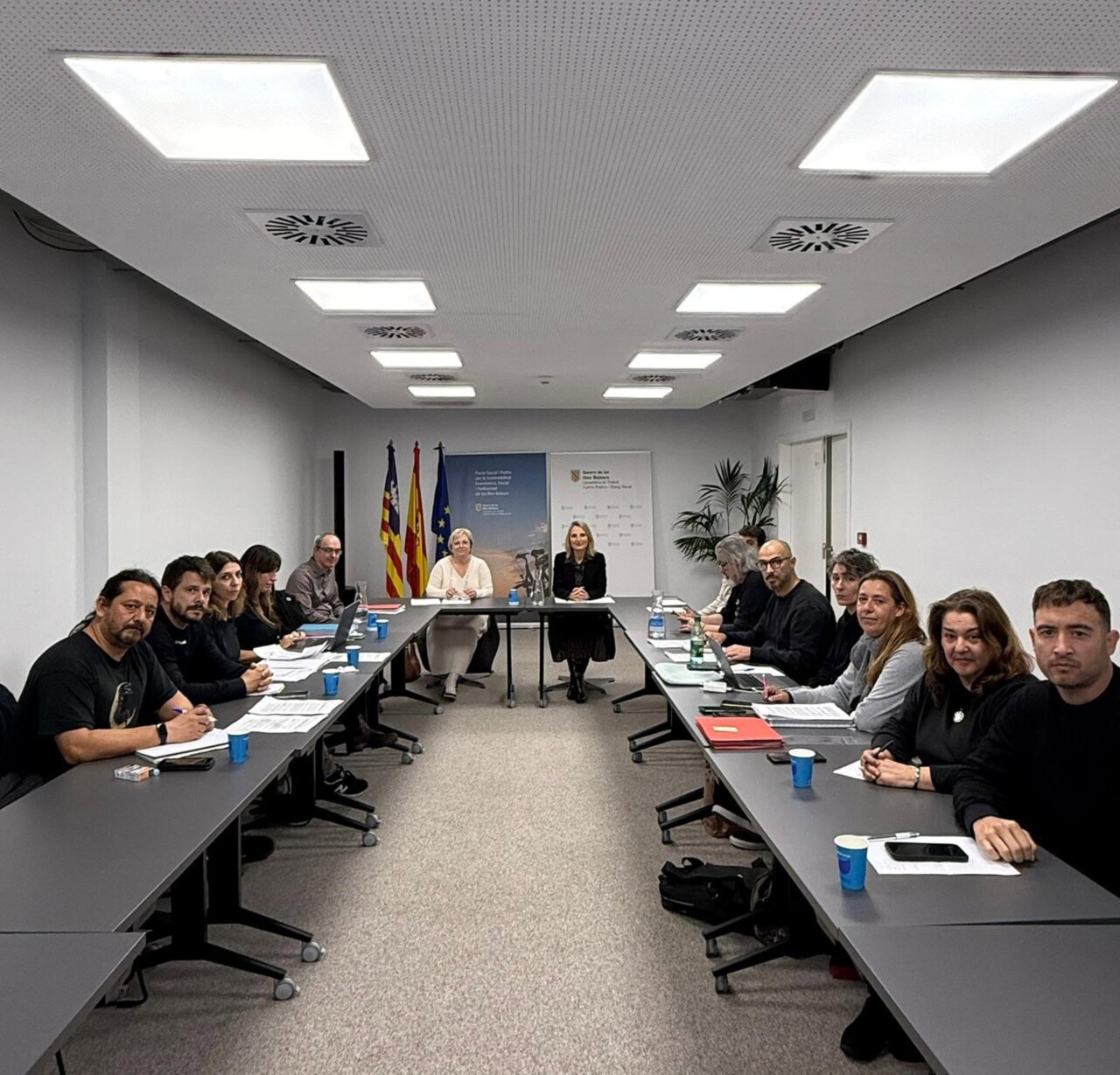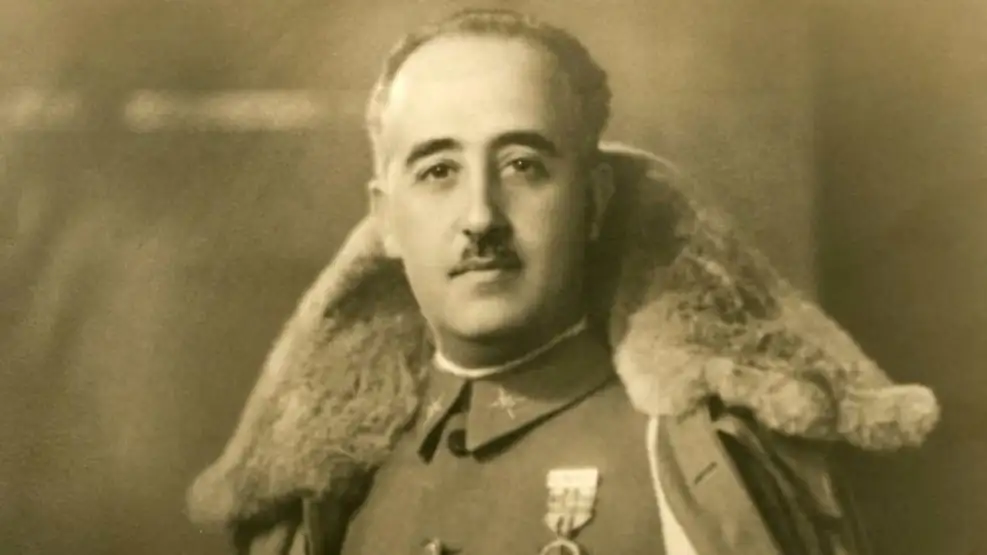“Spaniards, Franco is dead”. With this phrase, Carlos Arias Navarro announced on television the death of the dictator who ruled Spain for four decades. It was November 20, 1975, an early morning that many Spaniards remember with clarity and that Europa Press brought forward at 04:58 hours with a teletype repeated three times: “Franco has died. Franco is dead. Franco is dead. Half a century later, that date continues to be shrouded in theories, contradictions and testimonies that cast doubt on the official version.
The death certificate established 5:25 a.m. as the exact moment of his death. However, different accounts have fueled the idea that Franco may have died earlier, even on the 19th. One of the most outstanding testimonies is that of Antonio Piga, the doctor who embalmed the body. He assures that he arrived at the hospital of La Paz at around 00:40 hours and that he saw the dictator already lifeless, although the official time was set when the embalming was finished. According to his words, they could not determine the precise moment, but it was “obvious” that “he had been dead for some time”. In fact, from his “science and conscience”, he affirmed that “it is clear that Franco had passed away on November 19”.
Theories on an elected 20N: from Falangist symbolism to political calculation
Among the most widespread explanations is a historical coincidence very convenient for the regime: José Antonio Primo de Rivera, founder of Falange, was executed on November 20, 1936. That execution, which Franco knew about but concealed for two years, contributed to create the myth of the ‘absentee’, a key piece of Franco’s propaganda.
The date 20N reappeared in 1939, when the remains of Primo de Rivera were transferred from Alicante to El Escorial. And although the body did not arrive at the Valley of the Fallen until March 31, 1959, the coincidence of dates later fueled suspicions: some historians believe that the dictator may have been artificially kept alive past midnight, thus allowing his death to be symbolically associated with that of Primo de Rivera.
However, not all experts support this hypothesis. Journalist Enrique Villar argues that the delay between the royal death and the announcement was mainly due to administrative reasons: “It was foreseen that during that period of time all the succession provisions were automatically activated”. One of these obligations was to notify the then Prince Juan Carlos, although “it seems that the chain failed and the prince found out a little late”.
Piga also recalled – in statements collected by El Confidencial –that he was not clear “which authority asked” to modify the official death certificate. “Perhaps it was [Vicente] Pozuelo,” he pointed out, alluding to Franco’s personal doctor. According to him, “logically, we had to square the time of the act of embalming so that the time of death was plausible”.
But Piga added another possible explanation: by announcing it in the early hours of the morning, “maybe they thought they were cushioning its impact and mitigating possible protests, since it would catch almost everyone in bed”. It has never been confirmed, and today it remains just that: a theory.
The “19-N cabal”: a numerical coincidence that fueled the myth
There is also another theory, almost esoteric in nature. Historian Xavier Casals i Meseguer explained in his blog that in certain pro-Franco circles a singular idea circulated: that it was preferable to prevent Franco from dying on the 19th. The reason lay in a supposed numerical “prophecy”.
The sum of the date of the beginning of the Civil War (18-07-1936) and the official end of the conflict (1-04-1939) gave a striking result:
-
The days totaled 19.
-
The months totaled 11 (November).
-
The years totaled 75.
A coincidence that some interpreted as an ominous omen, fueling the idea that a death on November 19 would have had an unwanted symbolic meaning.







